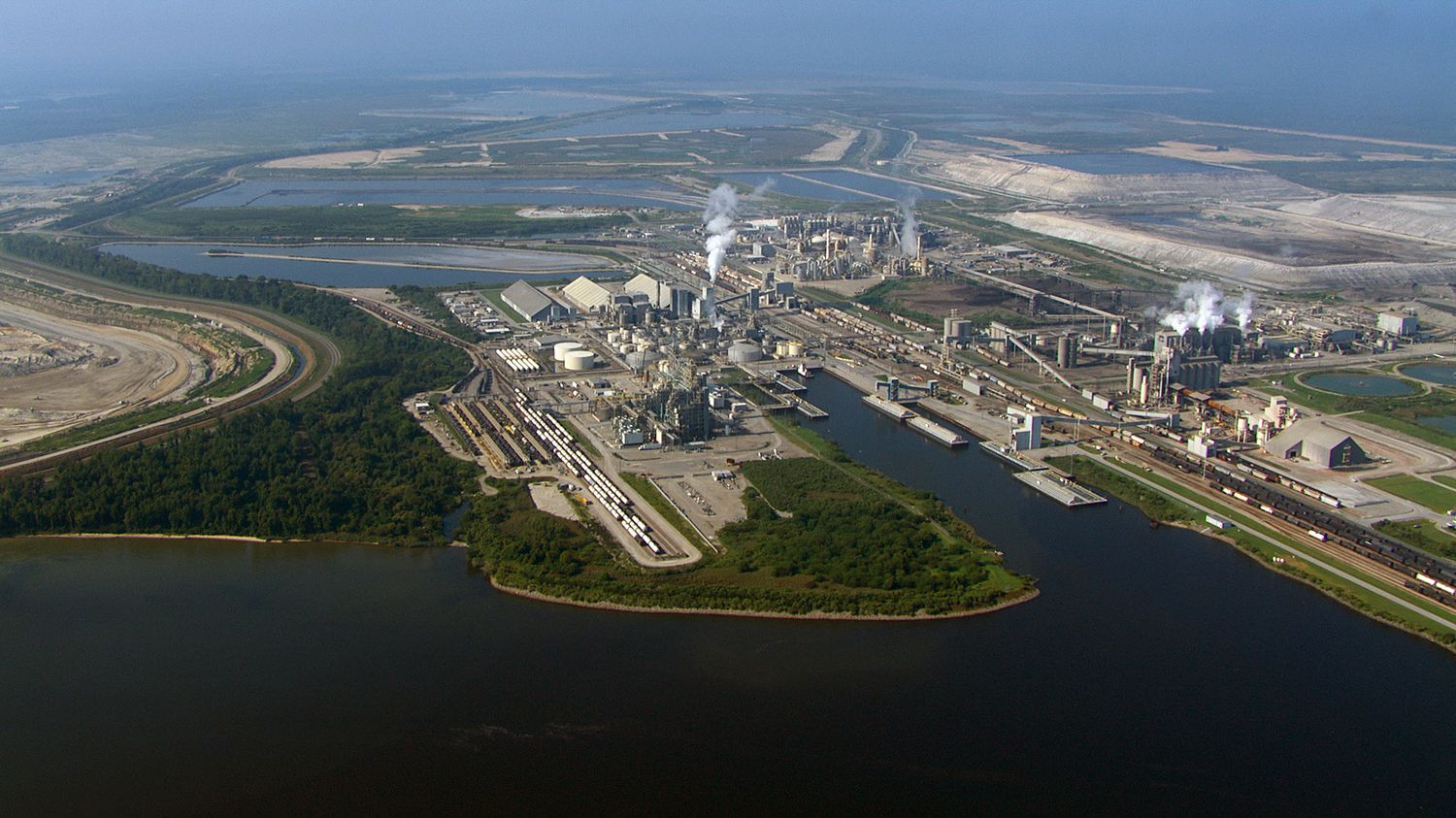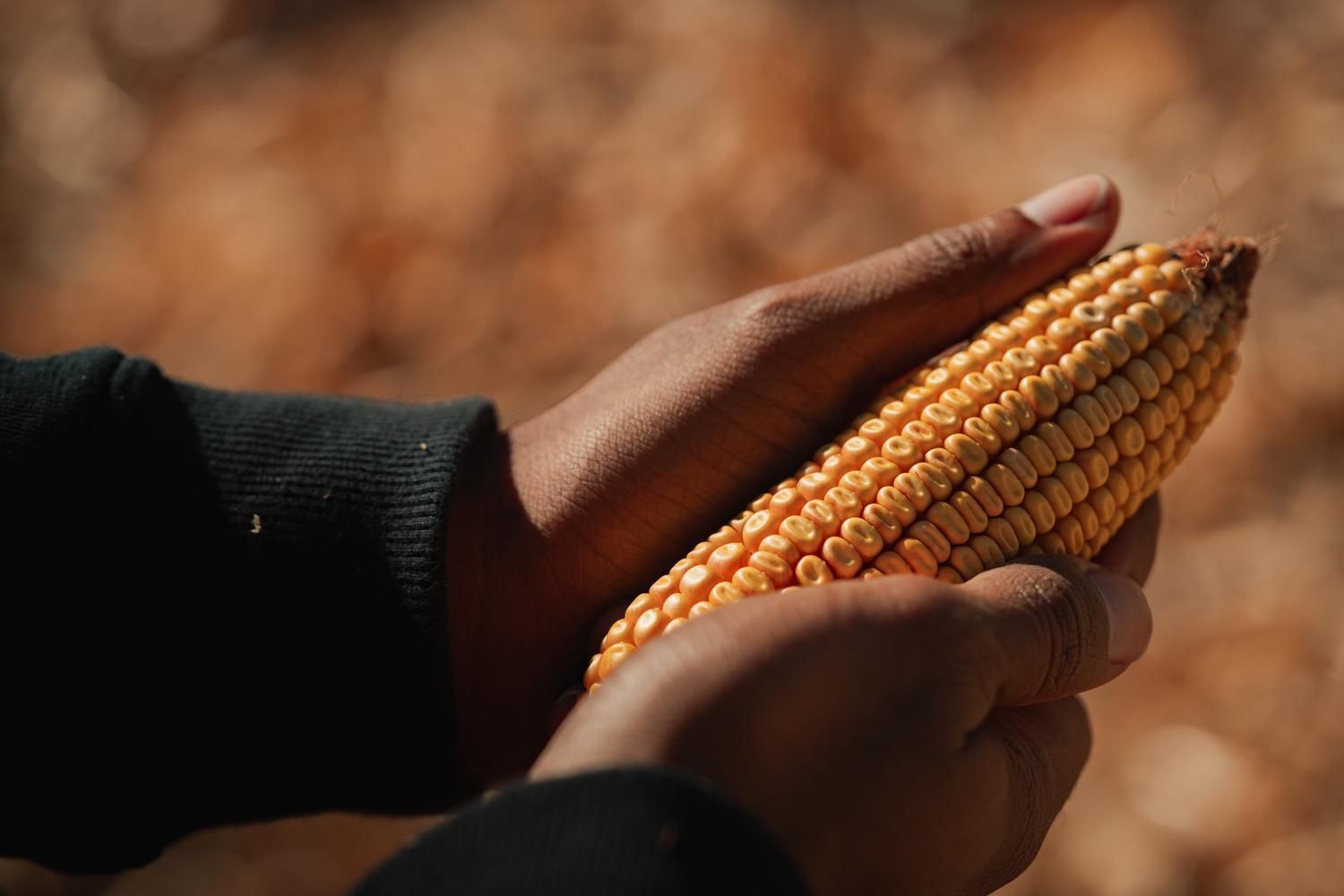
Building forests from phosphogypsum
Updated: September 3, 2021
They say sometimes you can’t see the forest for the trees. Or in this case, the gypstack.
Phosphogypsum is a powdery gypsum byproduct of the phosphate fertilizer production process. Huge piles of the material, known as gypstacks, are found at phosphate sites worldwide, including Nutrien’s.
Typically, gypstack reclamation involves contouring the piles, covering them with soil and seeding them to a grass mixture. But a few years ago, a Nutrien environmental scientist wondered about taking reclamation one step further and planting trees instead.
Since then, concentrated tree plantations have been established on about 20 hectares of phosphogypsum at Nutrien's Fort Saskatchewan, Alberta, Canada site to date.
"It's almost a paradigm shift," says Dr. Connie Nichol, Nutrien's Research Science Specialist. “People didn't think about growing trees on here before. Now, they're like, 'This is a really good idea. Would this work in other countries?' Absolutely it would!”
Trees reduce long-term maintenance costs, compared with grass, and they also sequester carbon – about 30 tonnes of carbon dioxide per hectare per year, according to the Canadian Wood Fibre Centre. At the end of the trees’ life cycle, the resulting biomass can be used for wood chips or green energy.
Since launching the reclamation initiative, Connie quickly discovered that flowers, vegetables, berries, various shrubs, squash and pumpkins all grow very well on the gypsum stack. These growing forests also attract a variety of wildlife, including deer, coyotes, foxes, hares, various rodents and birds.
Over the past several years, the project has been selected as a finalist for federal- and provincial-level environmental awards, and Connie has recently given presentations on the project at gatherings of the International Fertilizer Association and International Atomic Energy Association. It’s also been featured in numerous publications, including Fertilizer International magazine and the Canadian Forest Service newsletter.
The hybrid poplars growing on the gypsum stack measure more than eight meters tall after five years of growth – notably larger than is typical for these trees in this part of Alberta. This year, a pair of honeybee hives were added, to enhance pollination in the garden, forest and surrounding area, and so far the little buzzers are thriving.
Related stories


